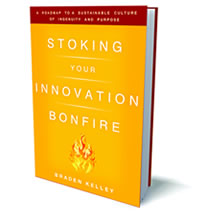 What if you could empower every citizen with tools that will help your city, state or country innovate and change faster than the competition for a penny a person?
What if you could empower every citizen with tools that will help your city, state or country innovate and change faster than the competition for a penny a person?
Well, now it’s possible…
A revolution is beginning, and the smart cities, states, countries, and even organizations, are arming themselves with the tools they need to win…
The Change Planning Toolkit™ has been designed to create a more visual, collaborative and agile method for getting everyone literally all on the same page for change. The Change Planning Toolkit™’s collection of tools, frameworks, and worksheets and the approach outlined in the book Charting Change operate together in a spirit built upon the standards created by the Project Management Institute (PMI) and the Association of Change Management Professionals (ACMP) and the interactive approaches that the Lean Canvas and Business Model Canvas have made comfortable for people.
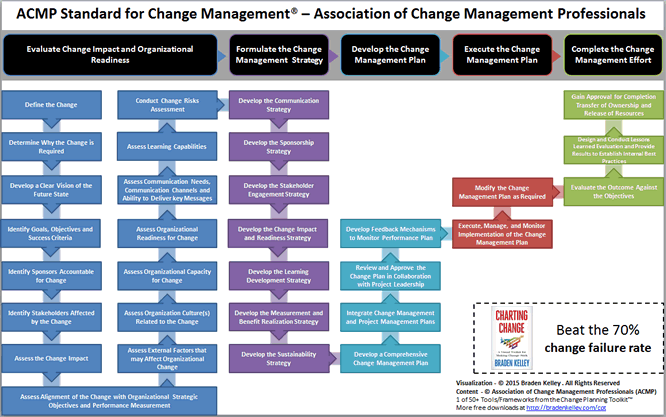
The Change Planning Toolkit™ is anchored in the best practices of organizational change and project management. At its center is the Change Planning Canvas™, a powerful tool that will help you beat the 70% change failure rate by enabling you to quickly visualize, plan, and execute projects and change initiatives alike. The more than fifty (50) tools in the Change Planning Toolkit™ will help you deliver projects and change efforts on time, while simultaneously accelerating implementation and adoption.
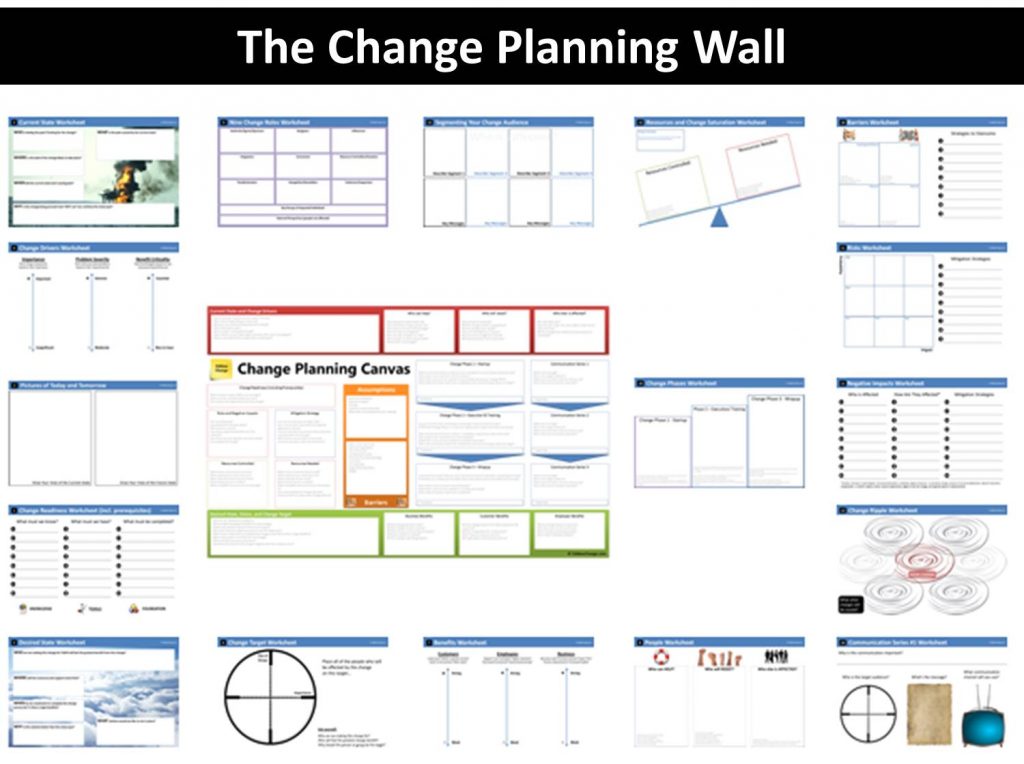
If the benefits are not clear, be sure and get your 10 Free Change Planning Tools and you’ll get a better sense of the power of the Change Planning Toolkit™ (it is visual after all) and check out the additional benefits in the image below:
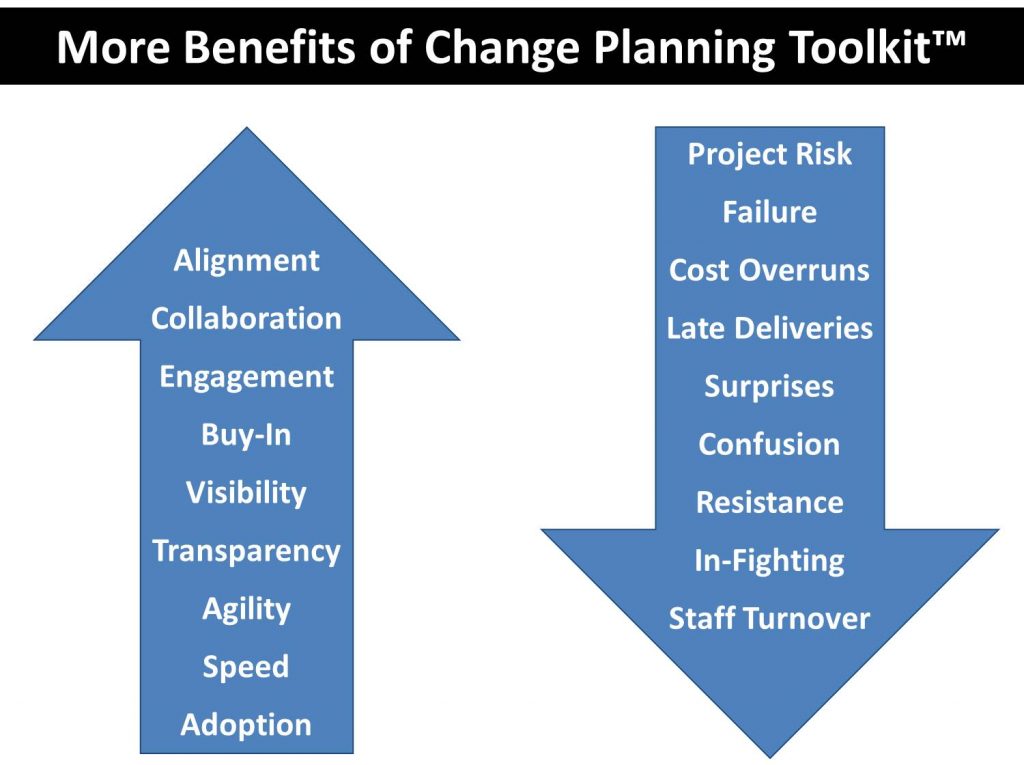
The Change Planning Toolkit™ is breaking away from the business model where people traditionally license intellectual property in the innovation and management information space by the named user, where fees for example are:
1. Gartner — $20,000-30,000 per year for a single user
2. Forrester — ~$20,000 per year for a single user
3. BeingFirst — $975 per year for a single user
4. ProSci — $350-400 per download (for a single user) or $4,000+ per user for training
5. MarketingProfs.com — $279 per year for a single user
6. Skillsoft — $150 per year for business skills training for a single user
… or you can hire a top consultant to do some knowledge transfer to your organization for $400-$1,000 per hour (or more).
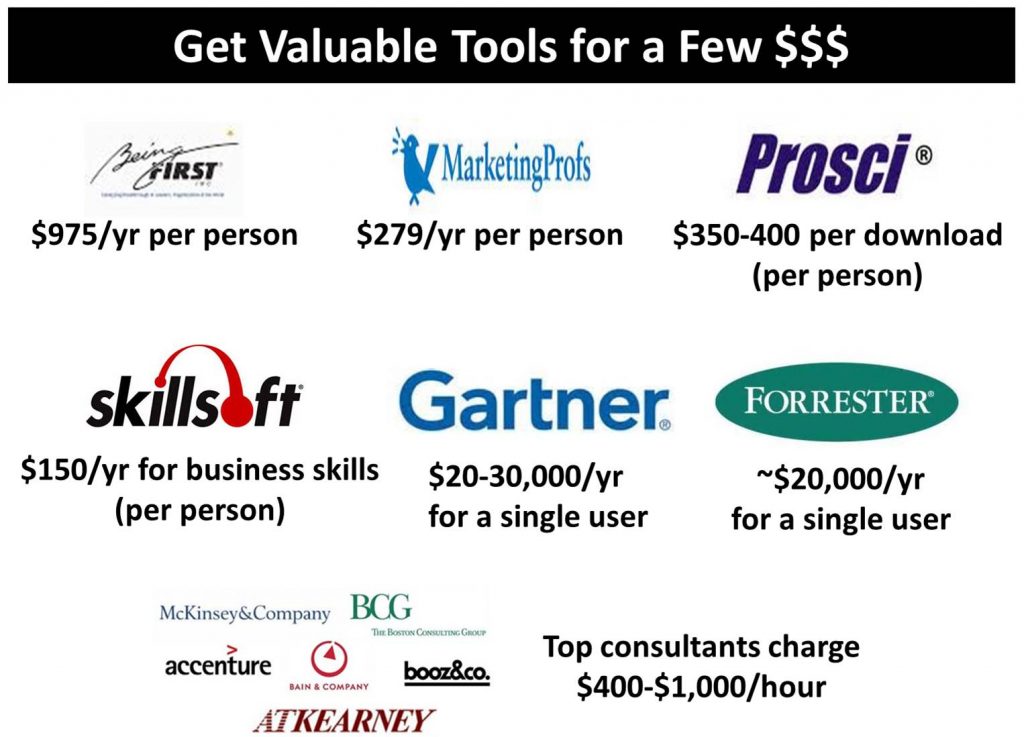
Now, what is Change Planning Toolkit™ offering that is different?
First, the Change Planning Toolkit™ provides an integrated system of tools far more powerful and far more capable of increasing organizational agility than any other.
Second, the Change Planning Toolkit™ is now available using two business model variations not usually offered in the intellectual property space, which include:
1. Access for Every Employee (aka the Site License option)
- Access for EVERY employee in your organization, priced at a very affordable $2/yr per employee plus a $299.99 annual fee
- Includes access to a QuickStart Guide to get you up and running quickly
- Includes access to POSTER SIZE versions of key tools, including the Change Planning Canvas™ and Visual Project Charter™
- SPECIAL OFFER – The next three (3) firms to purchase a full-day training session (which includes train-the-trainer) will receive a free* Change Planning Toolkit™ site license
——————————————————————————–
Book a Training Session and get a free* site license
——————————————————————————–
2. Access for Every Resident (aka the City/State/Country License option)
- Access for EVERY resident of your city, state, or country. Priced at a very affordable $0.01/yr per resident ($1,000/yr minimum)
- Yes, that is right. Cities, states and countries are all eligible for a license that makes these tools available to all residents for just a PENNY per year per resident!
- SPECIAL OFFER #1 – Purchase a city, state, or country license worth more than $25,000 and get up to 50 people trained to use the toolkit and how to train others to use it (training fees waived for one session, expenses still to be reimbursed)
- SPECIAL OFFER #2 – Purchase a city, state, or country license worth more than $100,000 and get up to 200 people trained to use the toolkit and how to train others to use it (training fees waived for four (4) sessions in up to two (2) locations with two adjacent days per location, expenses still to be reimbursed)
- SPECIAL OFFER #3 – Purchase a city, state, or country license worth more than $1,000,000 and get up to 1,000 people trained to use the toolkit and how to train others to use it (training fees waived for twenty (20) sessions in up to ten (10) locations with two adjacent days per location, expenses still to be reimbursed)
——————————————————————————–
CONTACT ME to get access for all of your residents
——————————————————————————–
Some educational institutions may be able to apply for grants from the government to cover the cost of the license and training as part of their efforts to raise the skills of their local residents. Central Wyoming College is an example of an educational institution that won a Federal grant to do just that. It’s possible.
And these licenses are available for both the:
- Change Planning Toolkit™
- Human-Centered Innovation Toolkit™ (coming soon)
Become a Human-Centered Innovation Toolkit™ Patron
The Human-Centered Innovation Toolkit™ will be coming soon, and you can become a Patron by helping to fund its completion through a site license or a city/state/country license and as a reward get instant access to the POSTER SIZE version of The Experiment Canvas™ and the many other tools I’ve already completed. You’ll then of course get access to the rest of the toolkit as I complete it. You’ll get this instant access at a permanent 50% discount off the normal $2/yr per employee or $0.01/yr per resident, meaning your cost will be a paltry $1/yr per employee or $0.005/yr per resident for the lifetime of the license.
SPECIAL BUNDLE DISCOUNT:
— Get instant access for both the Change Planning Toolkit™ and the Human-Centered Innovation Toolkit™ (coming soon) for all of your residents for a low bundle price of $0.014/yr per resident ($1,000/yr minimum) – that’s less than a penny-and-a-half per resident (a full 60% discount off the second license).
——————————————————————————–
CONTACT ME to get a jump on the competition
——————————————————————————–
Empower Your Residents and Employees to Cope with the Accelerating Pace of Change
So don’t wait, act today and get access for all of your employees or all of your residents to these powerful, intuitive and beautifully visual and collaborative tools that will help increase the speed of innovation and change in your organizations to cope with the accelerating pace of change in the world all around us. Countries all around the world are fighting to be the destination of choice of aspiring entrepreneurs and bold innovators and to rise in comparative rankings like the:
World’s 50 Most Innovative Countries (license cost based on population)
- Switzerland ($84,541)
- Sweden ($99,206)
- Netherlands ($170,328)
- United States ($3,264,740)
- United Kingdom ($655,111)
- Denmark ($57,118)
- Singapore ($57,845)
- Finland ($55,413)
- Germany ($806,361)
- Ireland ($47,492)
- South Korea ($507,050)
- Luxembourg ($5,841)
- Iceland ($3,343)
- Japan ($1,260,452)
- France ($649,387)
- Hong Kong ($74,019)
- Israel ($83,232)
- Canada ($366,261)
- Norway ($53,308)
- Austria ($85,924)
- New Zealand ($46,049)
- China ($13,882,327)
- Australia ($246,417)
- Czech Republic ($105,551)
- Estonia ($13,058)
- Malta ($4,205)
- Belgium ($114,438)
- Spain ($460,701)
- Italy ($597,980)
- Cyprus ($11,876)
- Portugal ($102,648)
- Slovenia ($20,713)
- Latvia ($19,446)
- Slovakia ($54,322)
- UAE ($93,976)
- Bulgaria ($70,453)
- Malaysia ($311,642)
- Poland ($385,636)
- Hungary ($97,879)
- Lithuania ($28,306)
- Croatia ($42,098)
- Romania ($192,375)
- Turkey ($804,175)
- Greece ($108,929)
- Russia ($1,433,750)
- Chile ($183,135)
- Vietnam ($954,146)
- Montenegro ($6,263)
- Qatar ($23,381)
- Ukraine ($444,051)
————————————–
State of California ($392,500)
————————————–
————————————–
State of Texas ($278,625)
————————————–
————————————–
New York City ($85,504)
————————————–
—————————————
Chicago ($27,205)
—————————————
Are you happy with your country’s position on the World’s 50 Most Innovative Countries list?
Are you happy with your company’s level of organizational agility or level of innovation success?
Is your organization or country keeping up with the accelerating pace of change?
If not, then you need these tools. And if you are satisfied with your competitive position, then you need these tools to maintain your current position…
——————————————————————————————————
CONTACT ME to get access for all of your residents or employees
——————————————————————————————————

![]() Sign up here to get Human-Centered Change & Innovation Weekly delivered to your inbox every week.
Sign up here to get Human-Centered Change & Innovation Weekly delivered to your inbox every week.

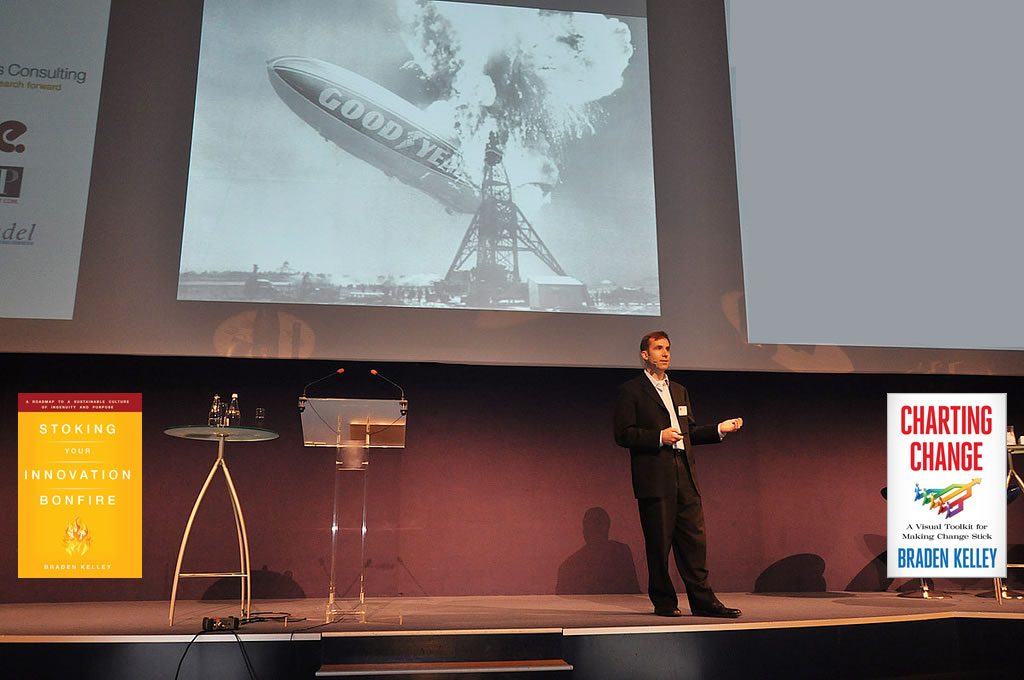
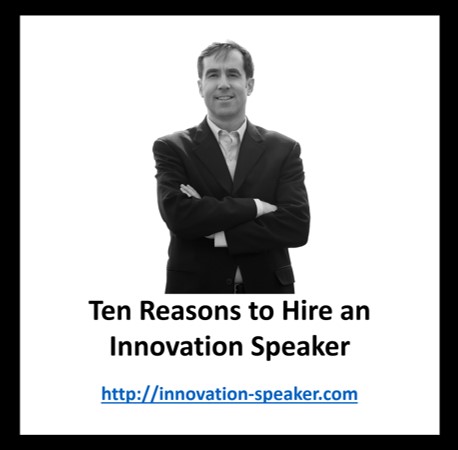





 What do you get when you take the technology away from a group of 10 and 11 year olds and ask them to be creative with a handful of household objects?
What do you get when you take the technology away from a group of 10 and 11 year olds and ask them to be creative with a handful of household objects?
 But many organizations, and our culture at large, definitely doesn’t make it easy by inflicting their own inefficient processes, policies, and expectations on us.
But many organizations, and our culture at large, definitely doesn’t make it easy by inflicting their own inefficient processes, policies, and expectations on us.
